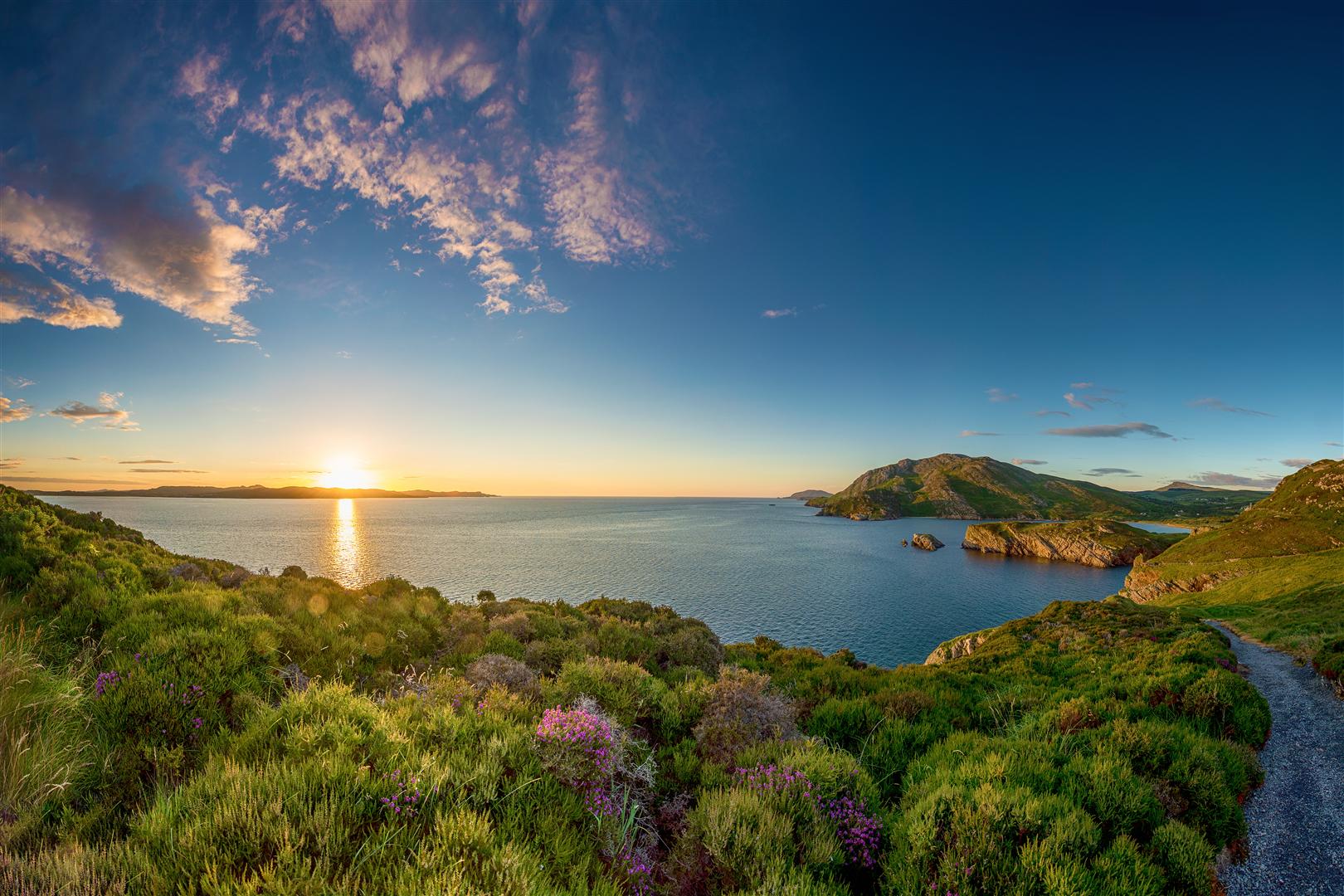Sailing Inishowen
Amazing Grace Yacht Charters, Inishowen, County Donegal, Ireland.
Greencastle takes its name from its ancient castle positioned on a rock overlooking the entrance to Lough Foyle, built in 1305 by Richard de Burgo, the Earl of Ulster. He was keen to fortify his lands and to guard the entrance to Lough Foyle but the castle was captured eleven years later by the forces of Edward Bruce.
The town has one of the most accessible harbours in Donegal, and is an ideal bolthole for yachts coming from Scotland or Northern Ireland. Greencastle harbour is the western terminal of the Magilligan Point car-ferry service. It is also the home of the National Fisheries School, and the Inishowen Maritime Museum. But, more than anything else, Greencastle is a charming and personable seaside town and fishing port. It is also the ideal base from which to explore the northerly shores of the Inishowen peninsula.
The Maritime Museum in Greencastle is located in the old Coastguard Station at Greencastle Harbour. It overlooks one of the largest fishing fleets in Ireland. The Museum’s exhibits include a 19th century rocket cart used to aid survivors of wrecked ships, a traditional Fanad Curragh built with hazel rods, a wild fowling punt with a swivel gun, and a Lough Foyle punt. The Museum also has a room devoted to the ships of the Spanish Armada which sunk off the Irish coast in 1588, and a room devoted to the part which Greencastle played in the history of emigration from Ireland. And the Inishowen Peninsula is also, of course, the home of a very curious delicacy known as “bog butter”.
During turf-cutting operations on bog land at Gleneely, Moville, in 1943, a circular wicker work receptacle was found to contain, in one solid mass, about 28lbs. of the fatty substance known as “Bog Butter”. The butter was yellow in colour but turned pale after being exposed to the air for some time. This was the first recorded instance of its discovery in County Donegal. The custom of burying butter in bogs is of very great interest, although the period of origin of the custom is unknown. Various historians have put forward different theories to account for the practice. Some said that it was buried for preservation until the annual winter shortage, others that it was buried in order to acquire a flavour in the absence of salt, and more that the custom had a religious significance, being offered as a thanksgiving to the water-gods, for cures to milch animals such as cows and goats. When we remember that our bogs were originally lake-bottoms, and that the “butter” has been found throughout Ireland in containers of wood, bark, skin and cloth, as well as wicker, we are inclined to believe the last-mentioned theory. No one seems to know anything definite about the custom; but that it was medieval in origin and died out in our great-grand-parents’ time cannot be disputed.



